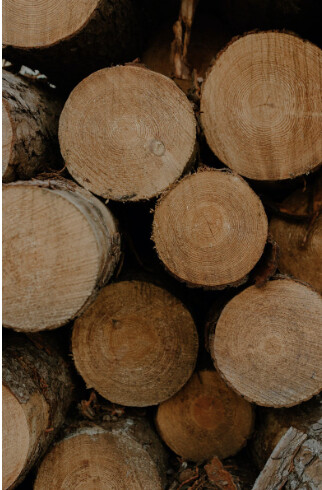Several changes to report in the southeast US as the lumber market continues facing volatility.
Reduced demand means highly unfortunate news for a Florida sawmill. West Fraser, a global wood products company operating in the US, Canada, Europe and the UK, announced the closing of its Perry, FL sawmill effective January 10.
This event will continue to cause a ripple effect across the forestry industry. Using data insights from Forest2Market, a ResourceWise company, we can track how this event will impact the value chain across the forestry industry.
West Fraser Mill Closure in Perry, FL
According to a company press release, West Fraser “indefinitely curtailed” operations at its Perry sawmill effective January 10.
Two factors contributed to the mill closure.
- Higher Fiber Costs
The fiber costs in the southeast have continued to rise. The fiber marketplace relative to the Perry sawmill increased competition for small logs that the Perry sawmill utilizes, driving up the log cost high enough to affect the sawmill viability and contribute to its closure.
- Decrease in Overall Lumber Markets
Lower-price commodity markets have continued to trend overall across lumber markets. As a result, profitability was seriously impacted at West Fraser’s Perry location.
The closing of this plant will lower the overall production from West Fraser by 100 million board feet. It will also displace 126 workers. Fortunately, the company notes that it will do everything it can to offer them work opportunities at their approximately 60 other facilities.
Falling Demand and Changes to Sawmill Timber Policies
Low prices are only one piece of the puzzle in a larger-scale chain market response. Regionally, sawmills have begun adjusting their policies based on these market conditions. For instance, some Florida-based mills have raised their top sizes to a 6” diameter. Speculation is also potentially calling for a no butt or 9” minimum being raised to a 10” butt. In normal circumstances, these changes more directly correspond to what the market dictates (and not by choice of the sawmills). So what factors are currently allowing sawmills to do this?
The change in standards reflects the fact that there is decreased demand – and therefore decreased competition for timber. Accordingly, the biggest implication we can draw from these adjustments comes in the form of yields. Sawmills will seek improved yields/margins thanks to market headwinds carrying over from Q4 2022. From here, better yields will produce fewer byproducts and other waste at their mills. With fewer waste products available, pulpmills will have to buy pulpwood and chipmills will have to buy chips. They will pay more buying from these sources compared to sawmill chips and other byproducts they would have otherwise classified as waste.
Connecting the Dots Through the Forest Value Chain
To summarize, our analysis demonstrates a singular path of market action which plays out across the forest market value chain:
- Market prices for lumber decreased as demand softened.
- Low lumber demand and higher operating costs contributed to the closure of West Fraser’s sawmill in Perry, FL.
- Within weeks of this announcement, the reduced supply has allowed other sawmills to improve their yield.
- Better yields in the sawmills mean fewer byproducts and other waste used by pulpmills and chipmills.
- Pulpmills and chipmills will have to buy pulpwood and chips directly at higher costs than sawmill byproducts.
- This will continue to play a role in where and how additional product prices will respond.
- In areas where sawmills increase minimum specifications–and if these changes hold long-term–timberland owners may reassess current thinning regimes and/or silviculture treatments.
- This will reduce the financial impacts of product specification changes on future harvest plans and potentially identify other opportunities for improvement.
This route shows an example of how ResourceWise’s product forecasting and data analytics offer real-world insights on the current market conditions.

Source: Sawmill Closure and Other Big Changes in Southeast Lumber Market